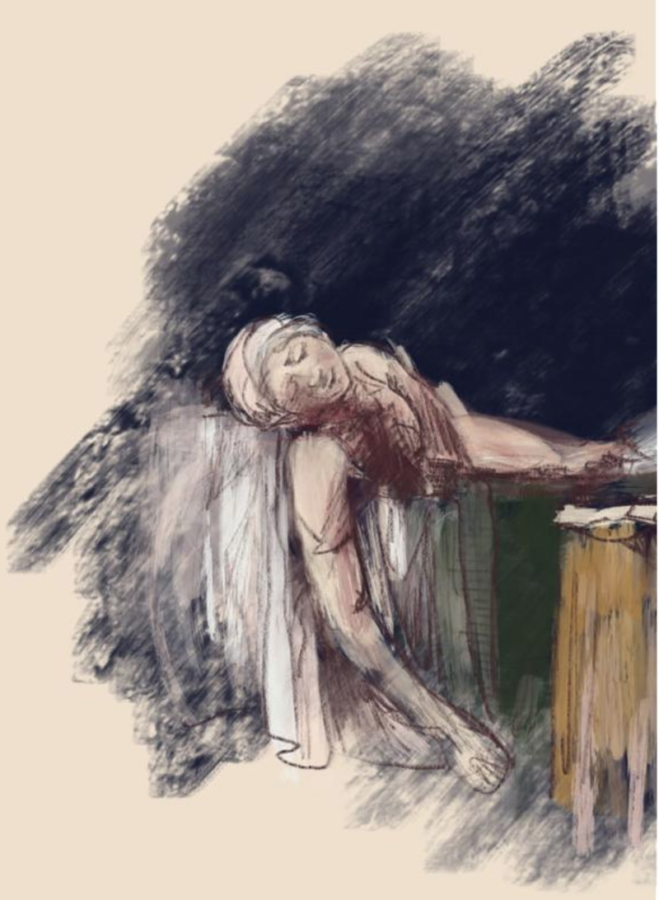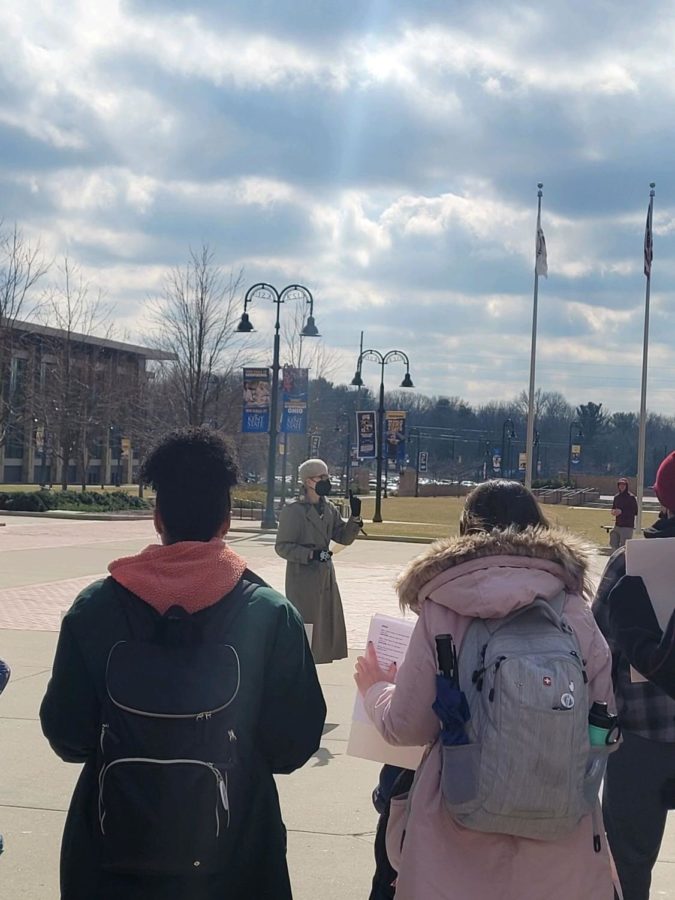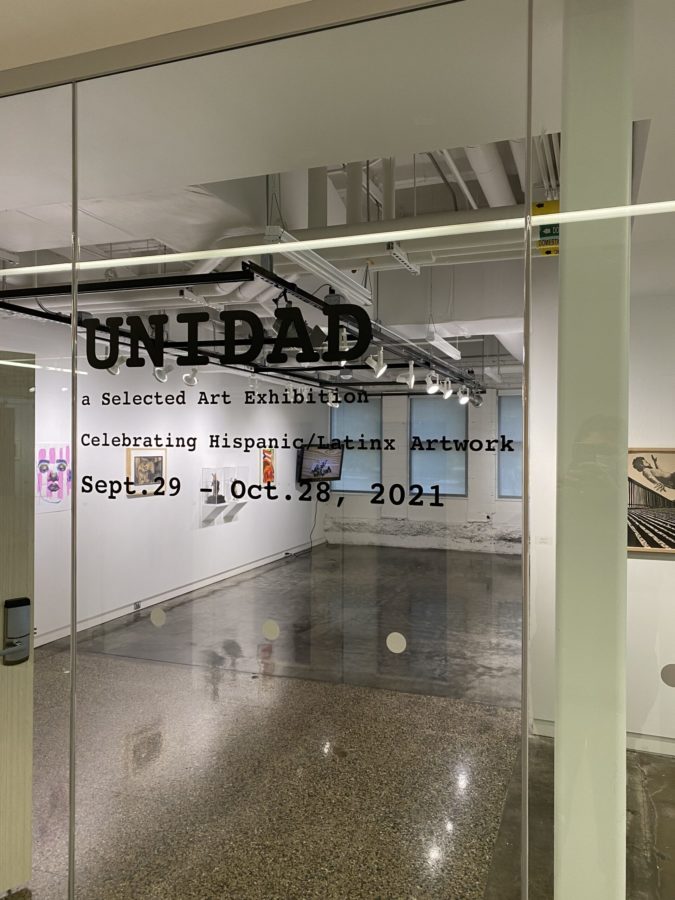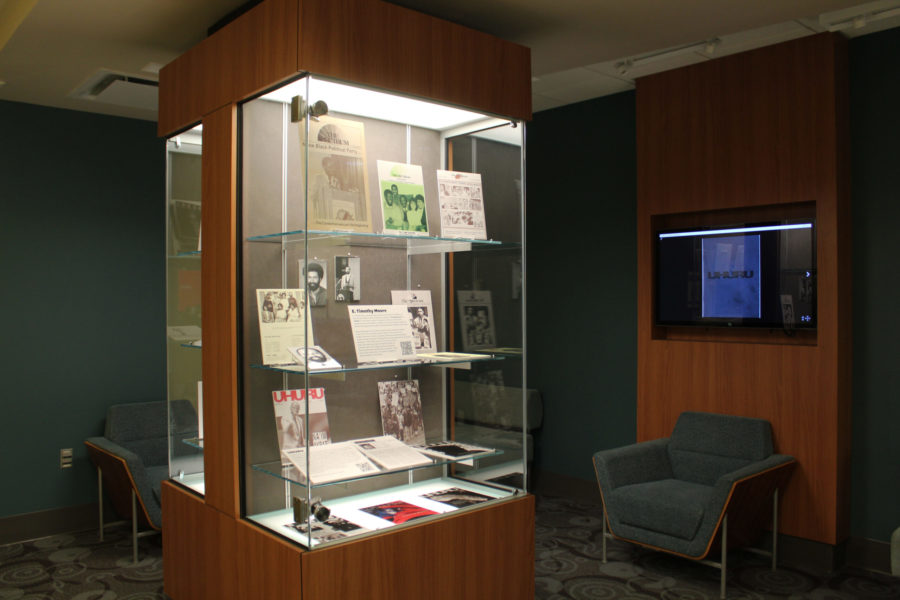Requiem aeternam dona eis, Domine;
et lux perpetua luceat eis
Grant them eternal rest, O Lord:
And may perpetual light shine upon them.
These rhythms were written by Giuseppe Verdi, an Italian poet and novelist, to commemorate the life of a friend in the late 1800s. What does his words have to do with art, poetry and remembrance? They allow us to remember that art should be commemorated and remembered, for it is eternal and shows the life of the artist.
Art is the reflection of the social issues that shape the artist and in likewise, the Renaissance, or rebirth. The Renaissance started as a cultural movement in Italy in the Late Medieval period, which later spread to the rest of Europe, marking the beginning of the Early Modern Age. Understanding the cause of the renaissance is important to understanding its implications and the effects.
Art can not be created without a reactionary force behind it, which may be social, political or economic. All revolutionary art is a challenge to the norms of society. A Renaissance is not only a rebirth, but a defiance of what society expects of art.
“Society affects how I create because it often censors the work of the artist,” said Chantrell Lewis, sophomore musical theater major. “This censorship creates a vulnerability within the art.”
Social norms play a big part in the creation of art and eventually the perception of art. During the early 1900s, art was radically changing from the art of the past. One of the most famous examples is the cubism era coined by Pablo Picasso. This art was seen as purely abstract compared to the clean cut aristocratic art that came before it and many people largely disliked his and other cubists’ work.
Art that challenges the social norms of society is not deemed true art until long after that period in society has passed. This is due to the fact that it makes people uncomfortable.
The Italian Renaissance was not a success because the art looked pretty, but rather because it made people in positions of power, mainly the Roman Catholic Church, uncomfortable. The church hired people to paint cathedrals and huge altarpieces as reverence to God.
So when the Primavera by Botticelli was seen in its glory, officials in power were upset and did not see it as a masterpiece or an awe-inspiring piece of art. Art that makes people uncomfortable marks the start of a Renaissance.
“The more people allow themselves to be affected by the art, the bigger the change it will have in society,” Lewis said. “And that’s slowly happening. It is affecting how people view art and in return, the world,” Lewis said.
Just as society has affected art, art is also affecting society. It allows social and economic issues to be brought to the forefront of political conversations allowing those issues to change as the effect.
Requiem For the Renaissance
July 10, 2018
0
Donate to UHURU Magazine
Your donation will support the student journalists of Kent State University - Uhuru Magazine. Your contribution will allow us to purchase equipment and cover our annual website hosting costs.
More to Discover







